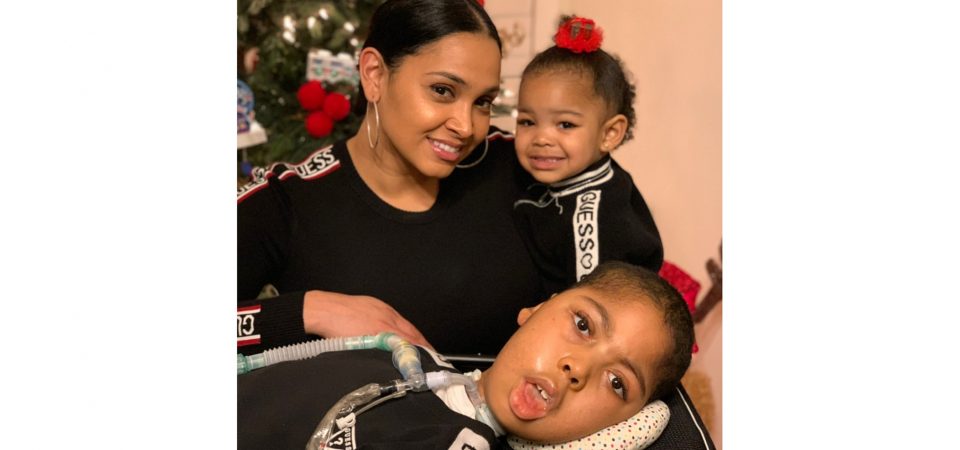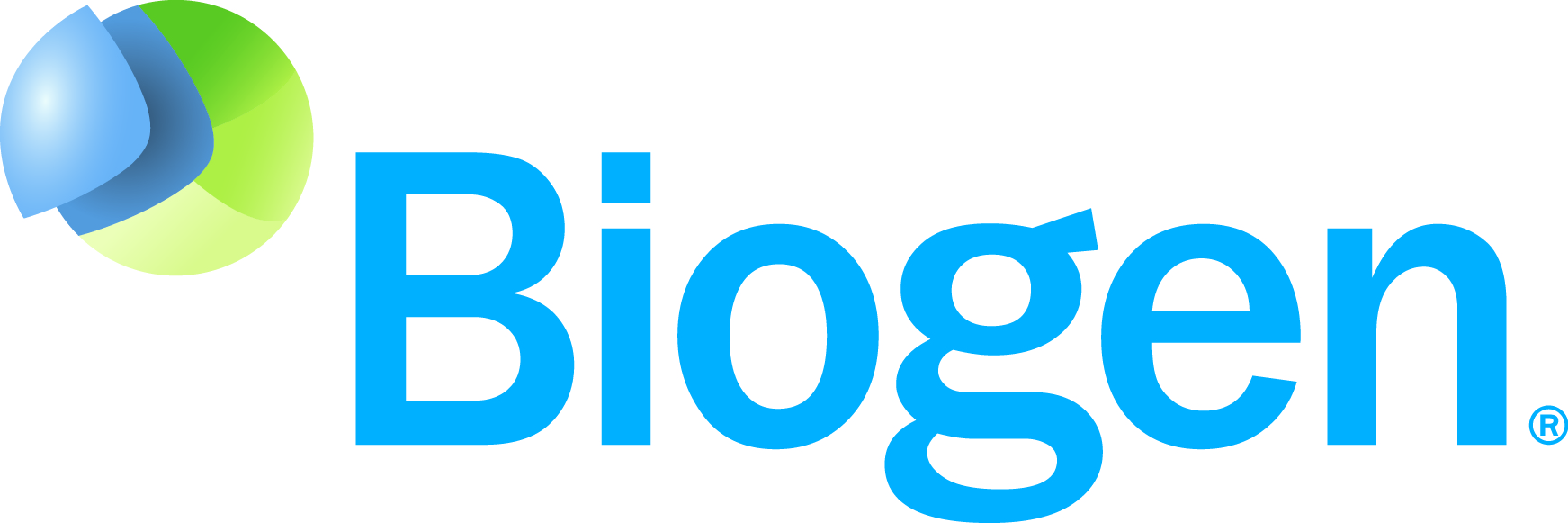This content is sponsored by Biogen.
As a first-time mother, Tina Murray of Saylorsburg, Pa., didn’t think anything was wrong with her son.
She did wonder if all babies were as “floppy” as Omar, who at 6 months old had more trouble than others lifting his head during tummy time or when he was being held, and didn’t kick his legs. Her pediatrician thought Omar’s delayed developmental milestones might be weight-related – he was already 24 lbs. – and suggested physical therapy to build muscle tone. Strange as that seemed, Tina complied.
Soon Tina noticed that Omar was having difficulty breathing. On his fourth visit to the ER, doctors were preparing to discharge Omar once again when Tina demanded a second opinion.
Omar was medically evacuated to another hospital where they stabilized him and ran a battery of tests to evaluate “worrisome neuromuscular symptoms.”
Three weeks later, Tina received the devastating diagnosis: Omar had the most severe form of spinal muscular atrophy (SMA), a rare, genetic disease that causes progressive muscle weakness. People with SMA may experience different symptoms and levels of disease severity, but all face a progressive decline in muscle strength over time. Some may never sit; some sit but never walk; and some walk but may lose that ability as they age. The disease can also impact a person’s lung function.
At the time of Omar’s diagnosis in 2010, there were no approved treatments and SMA was a leading genetic cause of infant death.
The doctors delivered a heartbreaking prognosis to Tina: “Take him home and love him, because he won’t live to see to his first birthday.”
The Nurses Lifted Her Up
Tina kept pushing for Omar to get the care he needed, and he spent six months in a Philadelphia hospital that year. With her family hours away, she felt alone.
“During those really difficult months, I leaned on a team of nurses for information and support,” she recalled. It was their unwavering presence that guided her toward a career in nursing.
“I was chosen to be his mother,” she thought. “This is my purpose.”
Her experiences in the hospital solidified a significant decision: she would go back to school to pursue nursing, equipping herself with the medical knowledge to better care for Omar. With the support of her family and Omar’s care team, Tina proudly obtained her degree. She is Omar’s primary caretaker – with help from an extended care team – and works as a home care nurse providing services to others.
Today, Omar still requires round-the-clock support. He has limited head control, cannot sit up, stand, or walk, and no longer is able to swallow or breathe on his own, among other symptoms. Tina’s nursing degree has given her the skills to help Omar with his condition, including managing his nutrition with his feeding pump, monitoring his heart rate and oxygen saturation, and providing for his basic daily needs. She is also able to confidently manage Omar’s equipment when he is taken to the hospital for his appointments.
“I am Omar’s voice,” she says, “He can’t speak, so I have to understand what’s going on at any given moment and make sure he gets the care he needs.”
A Long-Awaited Treatment
In 2016, the U.S. Food and Drug Administration approved SPINRAZA® (nusinersen), the first-ever treatment for SMA. Tina felt a spark of hope knowing there was now a treatment for her son.
She discussed the safety information and potential benefits and risks of SPINRAZA with Omar’s neurologist to make sure the medication was appropriate for him. Tina believes the medication has made a meaningful difference in his life. This is Omar’s experience, and others’ might be different. Before starting and while on SPINRAZA, monitoring is required to check for bleeding complications and kidney damage. Common side effects include lower respiratory infection, fever, constipation, headache, vomiting, back pain, and post-lumbar puncture syndrome. Please see full Prescribing Information and Important Safety Information for more information about SPINRAZA.
“After the prognosis his doctors gave him, I was afraid that I wouldn’t be able to effectively care for Omar,” Tina shares. “Now, I feel more confident in my ability as a nurse to tend to his needs. I feel blessed to have this time with him. Every day with him is a gift.”
Today, Tina also uses her experience as a nurse and a mother to uplift other SMA families.
“Every kid is an individual with unique needs,” she says. “Don’t be afraid to advocate for your child and lean on others for support.”
WHAT IS SPINRAZA?
SPINRAZA®(nusinersen) is a prescription medicine used to treat spinal muscular atrophy (SMA) in pediatric and adult patients.
IMPORTANT SAFETY INFORMATION
Increased risk of bleeding complications has been observed after administration of similar medicines. Your healthcare provider should perform blood tests before you start treatment with SPINRAZA and before each dose to monitor for signs of these risks. Seek medical attention if unexpected bleeding occurs.
Increased risk of kidney damage, including potentially fatal acute inflammation of the kidney, has been observed after administration of similar medicines. Your healthcare provider should perform urine testing before you start treatment with SPINRAZA and before each dose to monitor for signs of this risk.
The most common side effects of SPINRAZA include lower respiratory infection, fever, constipation, headache, vomiting, back pain, and post-lumbar puncture syndrome.
These are not all of the possible side effects of SPINRAZA. Call your healthcare provider for medical advice about side effects. You may report side effects to FDA at 1-800-FDA-1088.
Before taking SPINRAZA, tell your healthcare provider if you are pregnant or plan to become pregnant.
Please see full Prescribing Information.
This information is not intended to replace discussions with your healthcare provider.

